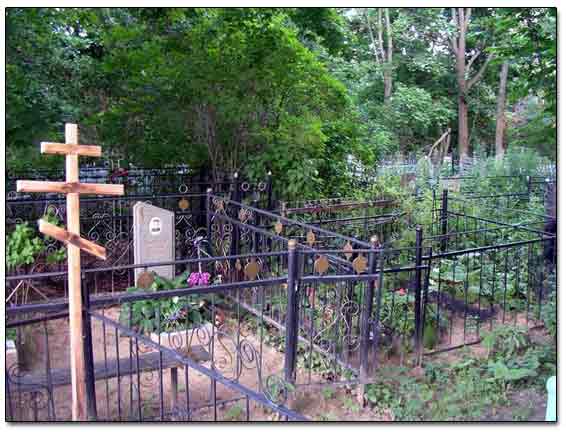Metal Detecting In Pskov Region, Russia
After having had a tough hike, we simply sat down on the road and decided to have a pleasant watermelon break. I had never enjoyed a watermelon so much in my life!
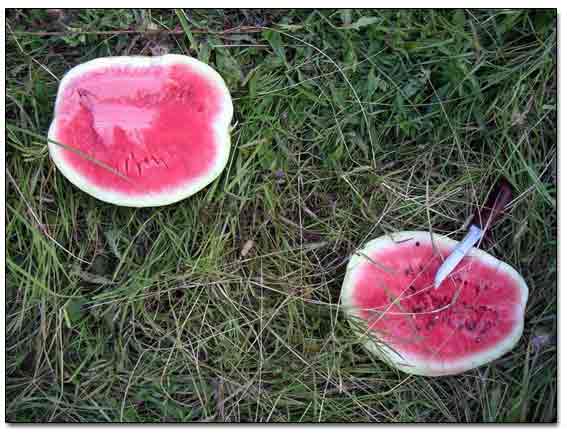
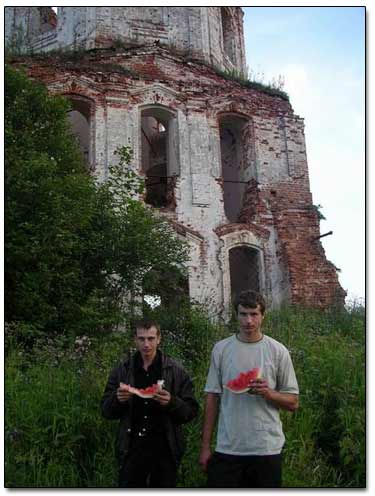
After we had regained our energy, we began exploring the area around. I went inside the chapel to look for any clues about its age. Surprisingly, the religious frescos or their remains, a typical thing in the Russian Orthodox churches, were absent on the walls.
Inside The Chapel
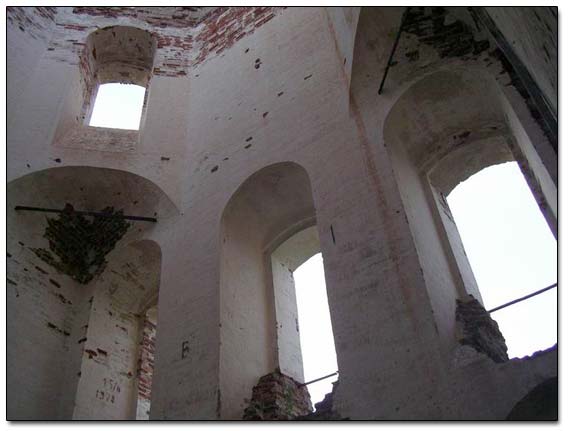
As I walked in, I noticed a few piles of broken bricks mixed with dirt in the middle and a dug hole in each corner. Those were the signs of the gravediggers' activity. I had seen similar signs in other parts of Russia.
Usually, so called "dark archaeologists" would dig down at various spots inside the building trying to locate an underground tunnel. They would use anything but the metal detectors. All dirt from the holes would be sifted through a special screen. In case of an ancient burial, the dark archaeologists would use the bulldozers (!). What I saw next proved that the gravediggers had visited the site.
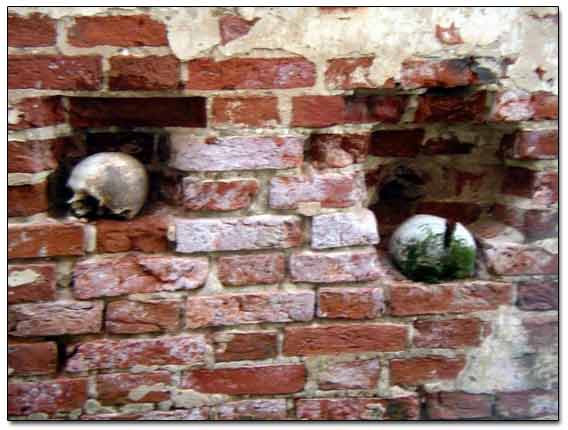
The metal detecting on this spot was out of question not only because of the tall and thick grass, even a scythe would not help, but also because I never felt right about searching and digging around a cemetery, i.e. disturbing the dead.
I walked around trying to find any sign of former village but there were none. I had been right about the whole place: it was just a cemetery that had been still in use, a few fresh graves were present.
